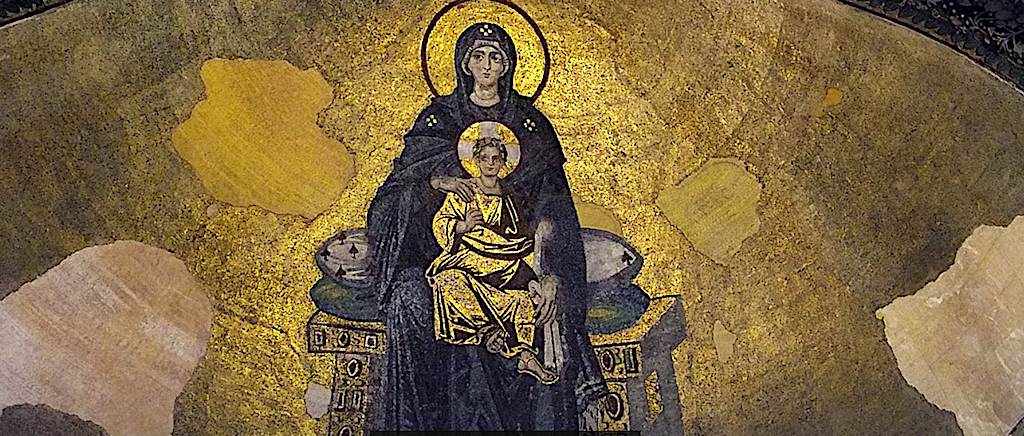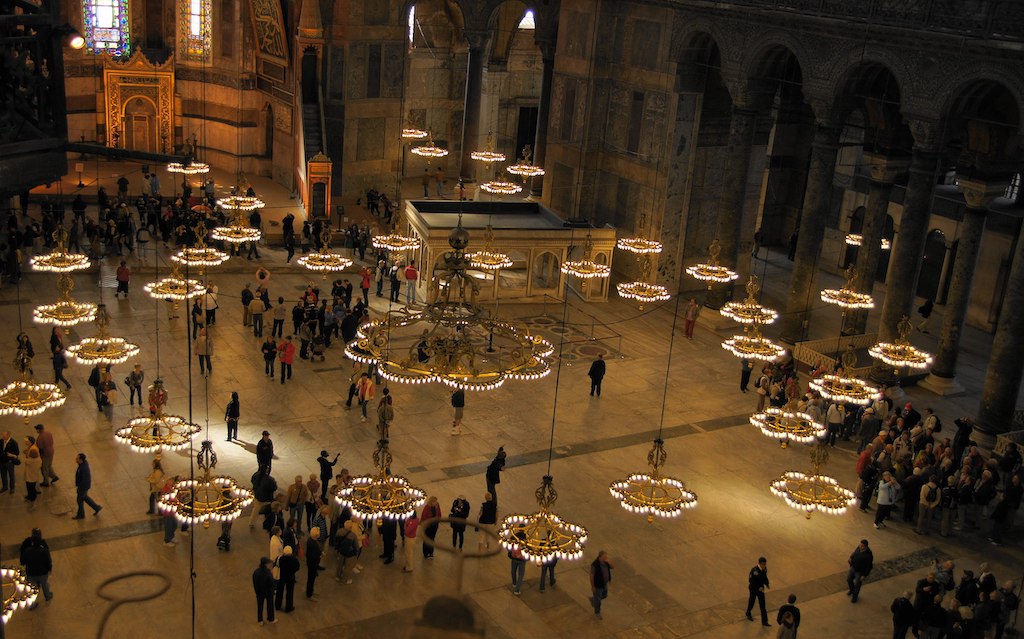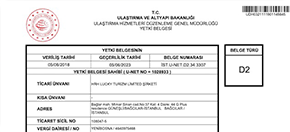The architectural structure, which witnessed Istanbul from the Byzantine Empire to the Republican period, continues to be in the church-mosque-museum triangle.
According to the rumor, Justinian built the Hagia Sophia from all the regions under his rule: white marbles from Marmara, green somaks from Egriboz Island, pink marbles from Afyon, yellow marbles from North Africa in Egypt., columns brought from the Temple of Artemis in Ephesus South of Turkey.
Thanks to the 4 pendentives with angel figures in the center of the square structure, the gigantic dome originates from the mastery and high mathematical knowledge of the architects. The building, which has 3 naves, 1 apse, 1 inner and outer narthex, has 5 doors in the outer corridor and 9 doors in the inner corridor. The big door in the middle is where the emperor and his relatives entered. The most famous of the 104 columns of Hagia Sophia, 40 in the lower and 64 in the upper gallery, is the Wish Column. The reason for today is the belief that people who put their fingers into the hole in the column and rub the liquid in their hands on their wounds will be healed. It is rumored that this column, which is said to have flowed the tears of the Virgin Mary, helped Justinian's headaches to pass.
Magnificent Mosaics Of Hagia Sophia
Magnificent mosaics that make Hagia Sophia fascinating: In the offering mosaic on the Vestibule Gate, Mary with the child Jesus in her arms is depicted, Konstantinos presents a model of the city on the left, and Justinian is depicted on the right, presenting a model of Hagia Sophia. Known as "Deisis" in the south gallery, and Mary, Jesus. Mosaic containing the figures of John and the last court scene, Apse Mosaic, Zoe Mosaic, Emperor Alexandros Mosaic…




